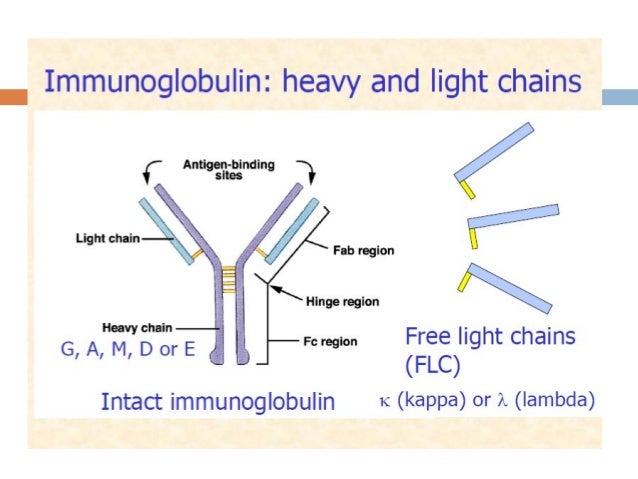
While MGUS and Kidney disease is now a finding well described in the literature, why
not other organs?
It is quite possible that there is end organ damage to other organs from these small set of B cell or plasma cell clones if there is kidney damage.
A recent review in the corneal world found a
case series of what we could call MIDD in the cornea. Seven patients were
identified with corneal immunoglobulin deposition. The structures they found
are similar to crystalline structures. Some of them looked like immunotactoid,
some fibrillary and some amyloid. All patients had evidence of paraproteinemia
in a setting of monoclonal gammopathy of undetermined significance, smoldering
plasma cell myeloma, or Waldenström macroglobulinemia. Authors suggest treating
underlying MGUS or paraprotein disease. Few patients, this was the first
systemic presentation of the disease.
What a great observation!! If it
can effect small renal vessels, why not the eye!
What other organs?
Skin: The association between Necrobiotic
xanthogranuloma(NXG) and paraproteinemia is
well documented in 2009. 11-48% had paraprotein disease as myeloma. The most
common is IgG kappa more than lambda. However, the skin lesions in NXG could represent
reactive inflammation and are not associated with the presence of monoclonal
plasma cells or multiple myeloma.
Powell et al also described
initially eight patients with pyoderma gangrenosum and monoclonal gammopathy showed that
all patients except one had an IgA paraproteinemia. Seven patients have had a
benign course and multiple myeloma has developed in one. In seven patients, the
onset of thepyoderma gangrenosum preceded the detection of the
monoclonal gammopathy. Since then, more cases have been associated with MGUS.
Syndromes:
Besides POEMS syndrome, which
has been well described in the literature, others are :
TEMPI syndrome, a
syndrome that was mentioned in NEJM that had a constellation of findings: Telangiectasias,elevated
erythropoietin level and erythrocytosis, monoclonal gammopathy(IgG kappa), perinephric
fluid collections and intrapulmonary shunting.
Since it’s initially discovery, chemotherapy and
HSCT have been used for treatment of this entity.
Schnitzler's syndrome,
initially described in 1974 is an uncommon condition defined by chronic
urticaria and monoclonal IgM gammopathy. A study done in 2002 found 56 cases of Schnitzler's syndrome reported to date. The absence of
lymphoproliferative disease in this condition is typical, but nine patients
have progressed to develop lymphoplasmacytic neoplasias, particularly waldenstrom's
macroglobulinemia.
So, besides MGRS, MGUS
might have other distant organ effects from small noxious B cell clones.
Perhaps, this needs to be defined more and treated more like MGRS. It might be interesting to see the cases of
ITG and fibrillary GN – if they have corneal findings and other end organ
damages that we might be missing given these novel associations. We might be
looking at a more systemic disease.
We might be entering a
new era in the paraprotein world.

 Recent studies
Recent studies 